There are many boost converters available in the form of modern integrated circuits. And there are many very small complete converter boards made from these chips available on Ebay. It should be quite easy to find a "boost DC converter" on Ebay which can handle 9V input and 15V output. I found several for less than US$1 and with free shipping:

As @ThreePhaseEel mentioned, you really must know how much current your circuit will require at 15V so you know which solution to select. Note also that boost converters are not terribly efficient so you can plan on losing a significant amount of battery capacity because of the conversion. Note also that the rectangular 9V "transistor radio batteries" have the lowest mAH capacity of any generally-available battery.
In fact, it may well be better to use TWO 9V batteries, or to experiment to see how your 7660 chips operate on 9V?

